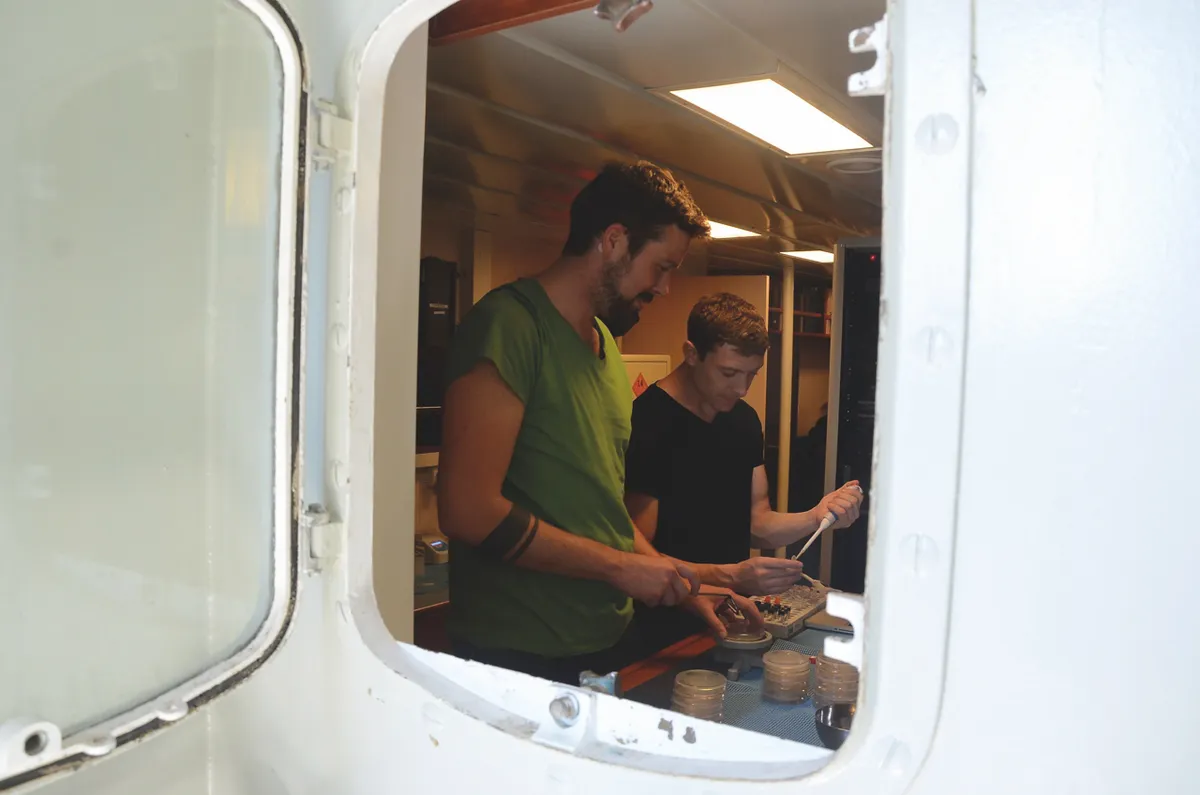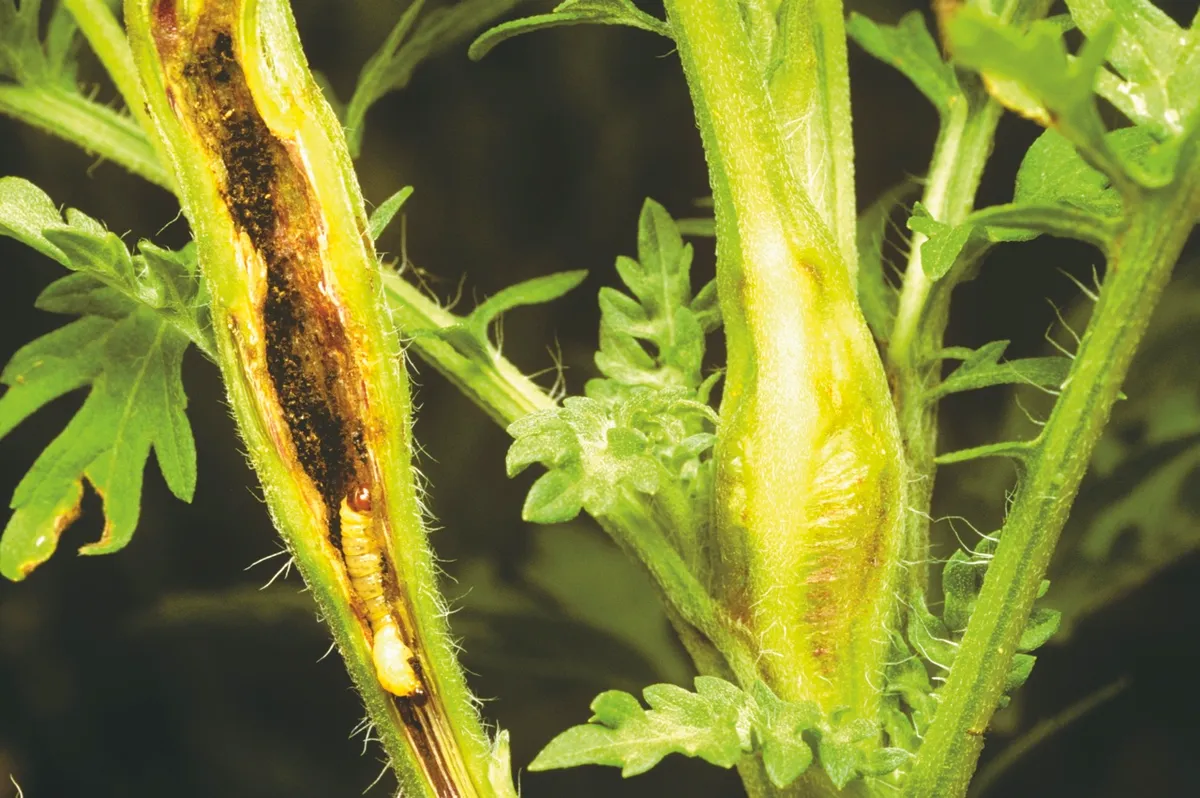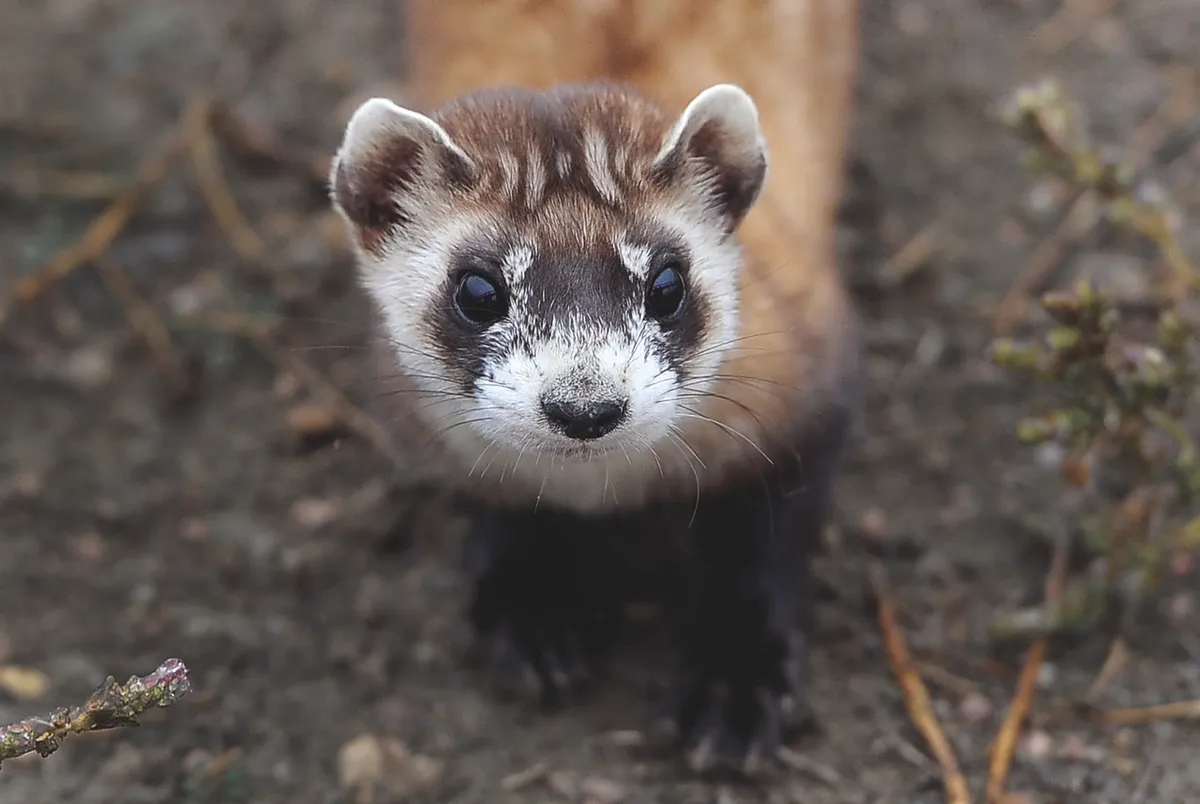How are you feeling about our future on planet Earth? For some, it’s looking pretty bleak, but in issue 318 of BBC Focus we talk to the scientists working to overcome some of humankind’s biggest challenges and find out why their innovative work makes them hopeful about our future.
Cassandra Quave is searching for a solution in forgotten herbal remedies, while Stephen Long aims to feed the masses by supercharging the plants we eat. We meet Jamie Craggs hopes his research could save coral reefs from mass extinction and Anna Possner crunches the numbers to find out what the consequences might be if we learn how to influence the weather to slow climate change.
Theirs are unique and unusual solutions to some of the problems we face, both as humans and as residents of our planet, but they aren’t the only ones. There are a few more methods currently being researched that could secure our future.
Alternative medicines
The ends of the Earth - Scientists from the University of Illinois, Chicago, are searching in places that until recently remained unexplored for antibiotics. They plunge their test tubes into Iceland’s hot springs and the muck at the bottom of freshwater lakes, to look for bacteria that produce novel compounds. They’ve already found bacteria in Lake Michigan that produce antibiotics capable of killing the tuberculosis bug.

Fungus-farming ants - Leafcutter ants keep fungi gardens. They cut leaves to feed to the fungi, which will in turn feed the ants’ larvae. This fungi ‘farming’ attracts lots of unwanted microbes, but the ants combat the bugs with antimicrobials produced by Actinomycete bacteria that grow on their own bodies – a potential source of new drugs being studied at the University of East Anglia. Most antibiotics used today come from the same group of bacteria.
Catfish mucus - The striped dwarf catfish, found in Asian estuaries, may look unremarkable, but it secretes an antibiotic-filled mucus from its skin. Actually, many fish produce mucus that’s rich in antimicrobials, because it helps protect them from disease. However, Indian researchers found that slime from the catfish was particularly potent against bugs that infect humans, including Pseudomonas aeruginosa, which causes pneumonia.
Famine fighters
Zygo beetle - In South Africa, farmers have learned to fear the plant Parthenium hysterophorus. It uses natural herbicides to prevent other plants growing near it, causing havoc when it lands in farmers’ fields. But since 2003, the country has been employing the weed’s natural enemy – the Zygo beetle – to reduce its spread. Researchers at Wits University hope the beetle can establish itself throughout problematic regions and curb the weed’s growth.

CRISPR/Cas9 - Since the discovery of CRISPR/Cas9, a powerful tool for genetic editing, researchers have started figuring out ways to use it to boost crop yields. Geneticists at the Chinese Academy of Sciences, for example, have discovered how to restructure wheat genes to make the crops immune to powdery mildew, while researchers at King Abdullah University of Science and Technology gave tomatoes immunity against the yellow leaf curl virus.
Satellite data - It’s far easier to fight a famine when you know that it’s coming, so a team from the US Geological Survey has designed a system that uses satellite data todetect the unusual spikes in land temperature that often cause crop failure. During its testing phase in Ethiopia, the project was able to provide several weeks more lead time to act before families had begun to go hungry and animals had started to die.
Save our species
Genetic modification - The endangered black-footed ferret could become the first wild animal to have its DNA deliberately altered. The species suffers from inbreeding and sylvatic plague, which threaten its existence. Scientists from Revive & Restore, a US non-profit organisation pioneering the use of genetics in conservation, want to edit its genome to make it disease-resistant, and clone ferrets from the cells of dead individuals to restore genetic diversity.

The frozen zoo - At San Diego Zoo Institute for Conservation Research, scientists have created a ‘frozen zoo’ of cells and embryos from endangered and extinct species. As the largest, most diverse collection of its kind, the initiative seeks to preserve the world’s biodiversity in cellular form, and provide material for research and conservation projects. Attempts to rescue the northern white rhino, of which there are just three left, focus on sperm samples stored at the zoo.
Genome libraries - The kākāpō is a flightless parrot endemic to New Zealand. Decimated by invasive species, the 151 birds alive today are the focus of a conservation programme. They live on predator-free islands, where they are monitored and breeding is managed. Some birds are artificially inseminated, and chicks are sometimes fostered by experienced kākāpō mothers. The genome of every living kākāpō is being decoded in an effort to guide future conservation.
Climate conditioners
Ocean seeding - “Give me half a tanker of iron, and I will give you an ice age,” said the late oceanographer John Martin in 1988. Although he was half joking, Martin stood by his idea of using iron to boost plankton and increase the carbon dioxide taken up from the atmosphere. Since then, several tests have been carried out. A key question is how much of the plankton will actually sink to the seabed, locking the carbon away from the atmosphere.

Supercharge the stratosphere - This year, Harvard professors David Keith and Frank Keutsch, designers of the Stratospheric Controlled Perturbation Experiment (SCoPEx), plan to launch a high-altitude balloon 20km into the air near Tucson, Arizona, and spray a small quantity of calcium carbonate particles to see what happens, in the hope that can reflect the Sun’s radiation.
Space reflectors - It sounds implausible; place a giant reflective sunshade in space to block off some of the sunlight that reaches Earth. Wacky as it sounds, this idea has been receiving some consideration: in a report by the Royal Society, it was suggested that in the long-term, some form of space sunshade may be cheaper and less risky than a geo-engineering project in the stratosphere. Tests are currently confined to modelling effects of various approaches.
To read the full magazine PLUS bonus content, download the BBC Focus app. Subscribe and get the latest issue delivered to your door.